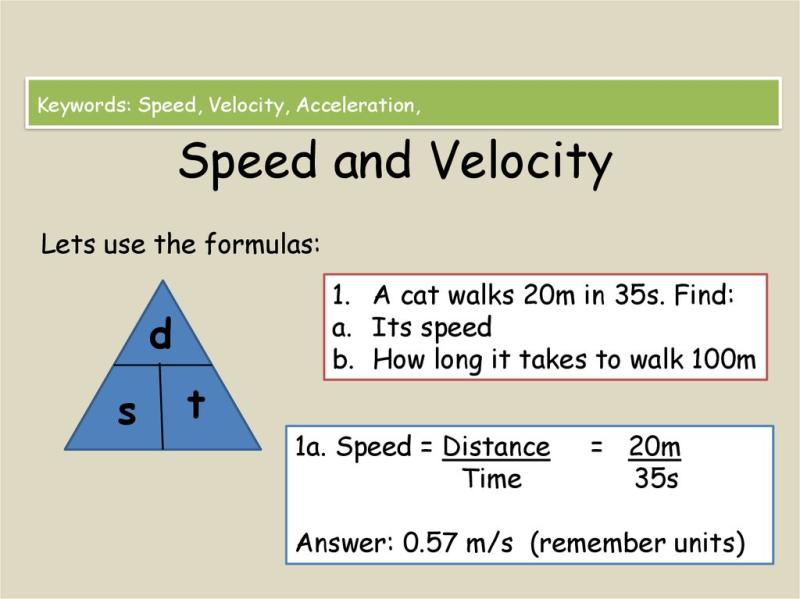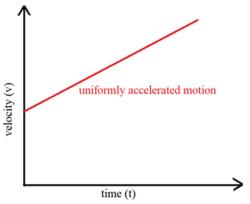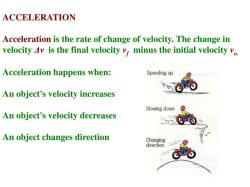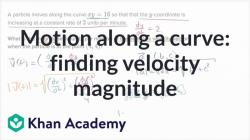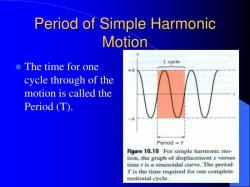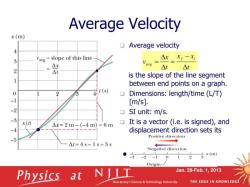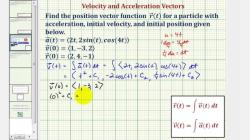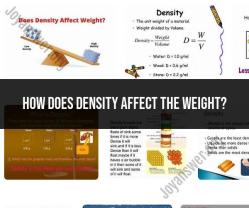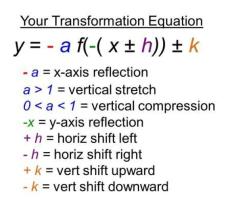Do speed and velocity have same meaning?
No, speed and velocity have distinct meanings in physics. While they both describe the rate at which an object moves, they differ in terms of their associated concepts.
Speed:
- Definition: Speed is a scalar quantity that refers to the magnitude (size) of the rate of motion of an object. It tells you how fast an object is moving but does not specify the direction.
- Formula: Speed is calculated as the distance traveled divided by the time taken. The formula is .
- Units: The standard unit for speed in the International System of Units (SI) is meters per second (m/s) or other appropriate units like kilometers per hour (km/h) or miles per hour (mph).
Velocity:
- Definition: Velocity is a vector quantity that includes both the magnitude and direction of the rate of motion of an object. In other words, it specifies both how fast an object is moving and in which direction.
- Formula: Velocity is calculated as the displacement (change in position) divided by the time taken. The formula is .
- Units: The standard unit for velocity in the International System of Units (SI) is meters per second (m/s) with a specified direction.
In summary, while speed gives you information about how fast an object is moving, velocity provides additional information about the direction of motion. Speed is a scalar quantity, and velocity is a vector quantity. If an object is moving in a straight line without changing direction, the speed and velocity values will be the same. However, if the object changes direction, even if its speed remains constant, its velocity will change.
No, speed and velocity do not convey the same meaning in physics. They are distinct concepts with different definitions:
Speed is a scalar quantity that represents the magnitude of an object's motion, or the rate at which an object changes its position. It is measured in units of distance per unit of time, such as meters per second (m/s), kilometers per hour (km/h), or miles per hour (mph).
Velocity, on the other hand, is a vector quantity that encompasses both the magnitude and direction of an object's motion. It indicates both how fast an object is moving and in what direction it is moving. Velocity is also measured in units of distance per unit of time, but it includes a directional component, such as meters per second north (m/s N) or kilometers per hour east (km/h E).
In simpler terms, speed tells you how fast something is moving, while velocity tells you how fast and in what direction something is moving.
Here's a table summarizing the key differences between speed and velocity:
| Feature | Speed | Velocity |
|---|---|---|
| Quantity type | Scalar | Vector |
| Definition | Rate of change of position | Rate and direction of change of position |
| Measurement | Distance per unit of time (m/s, km/h, mph) | Distance per unit of time with direction (m/s N, km/h E) |
Due to their distinct definitions, speed and velocity are not interchangeable terms in physics. While speed provides information about the magnitude of an object's motion, it lacks the directional component essential for describing its complete motion. Velocity, on the other hand, provides a more comprehensive understanding of an object's motion by incorporating both speed and direction.
In everyday conversations, the terms "speed" and "velocity" are often used interchangeably, but it's important to recognize their distinct meanings in physics. Understanding the difference between speed and velocity is crucial for accurately describing and analyzing the motion of objects in various physical contexts.
